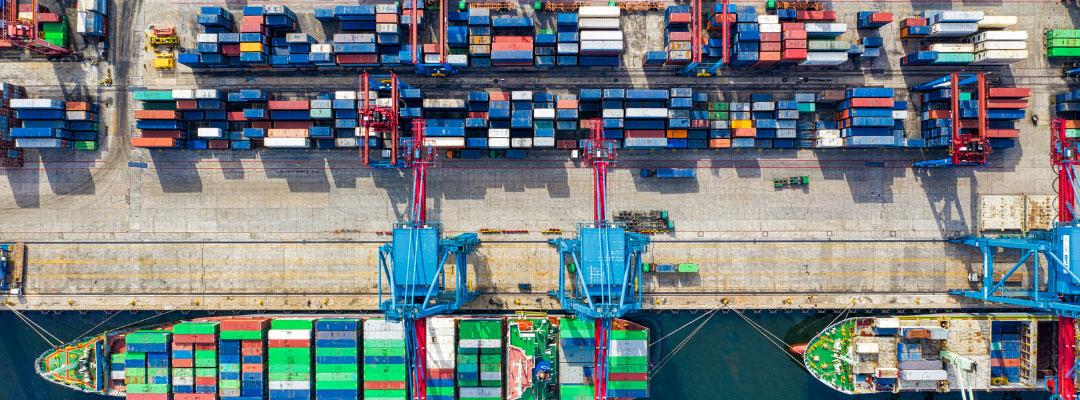The U.S. has established itself as a prominent exporter of agricultural and food products to the Association of Southeast Asian Nations (ASEAN), which includes major U.S. trading partners like Vietnam, the Philippines, and Malaysia. According to USDA, from 2010 to 2022, there was a notable upward trend in agricultural and related products exports to ASEAN, reaching a high of $15.80 billion in 2022. The U.S. consistently holds the position of the second-largest agricultural exporter to ASEAN. The average annual growth rate for U.S. agricultural exports to the region stood at more than 4% over this period, far outpacing the less than 2% percent growth for exports to other regions.
In the present landscape of global trade, the U.S. encounters significant trade barriers in the ASEAN region. The U.S. has a free trade agreement (FTA) with Singapore, but with no other ASEAN country. U.S. agricultural exports are subject to substantial applied average tariff rates in the remaining member states of ASEAN, ranging from 2.7% in Malaysia to 27.7% in Thailand. Notably, the Philippines, Vietnam, Indonesia, and Thailand, which impose import duties exceeding 10% on U.S. agricultural goods, are key export destinations. Specific product categories, such as beverages, tobacco, dairy, fruits and nuts, and sugar products are subjected to effective ad valorem average tariff rates exceeding 10%, thereby diminishing the competitiveness of these U.S. commodities in the ASEAN marketplace. Additionally, the proliferation of non-tariff measures (NTMs) has a substantial impact on U.S. agricultural exports to ASEAN. These NTMs range from import licensing mandates, health and safety regulations, and technical standards, to sanitary and phytosanitary measures, including the complexity of bureaucratic procedures. Such impediments escalate the cost of doing business, thereby hindering U.S. exports to ASEAN.
The network of bilateral and regional FTAs that ASEAN economies have established with their trading partners, such as the Regional Comprehensive Economic Partnership (RCEP), further complicates U.S. competitiveness. ASEAN countries have engaged in extensive FTA networks, offering their partners considerable tariff and non-tariff benefits, which include significant tariff reductions. For instance, Vietnam has enacted various bilateral and regional FTAs, including RCEP and the EU-Vietnam FTA. Indonesia has fortified its trade links with thirteen bilateral and regional FTAs, demonstrating its dedication to global trade. The Philippines (10 FTAs), Thailand (14 FTAs), and Malaysia (16 FTAs) have expanded their global trade relations. These widespread agreements, present challenges for U.S. agricultural exporters as ASEAN countries deepen trade with countries that compete against U.S. exports.
Figure 1. Applied tariffs and U.S. agricultural export to ASEAN

Hossen, Md Deluair. “Tariff and Non-Tariff Barriers Affect U.S. Agricultural Exports to the ASEAN Market.” Southern Ag Today 3(48.5). December 1, 2023. Permalink

